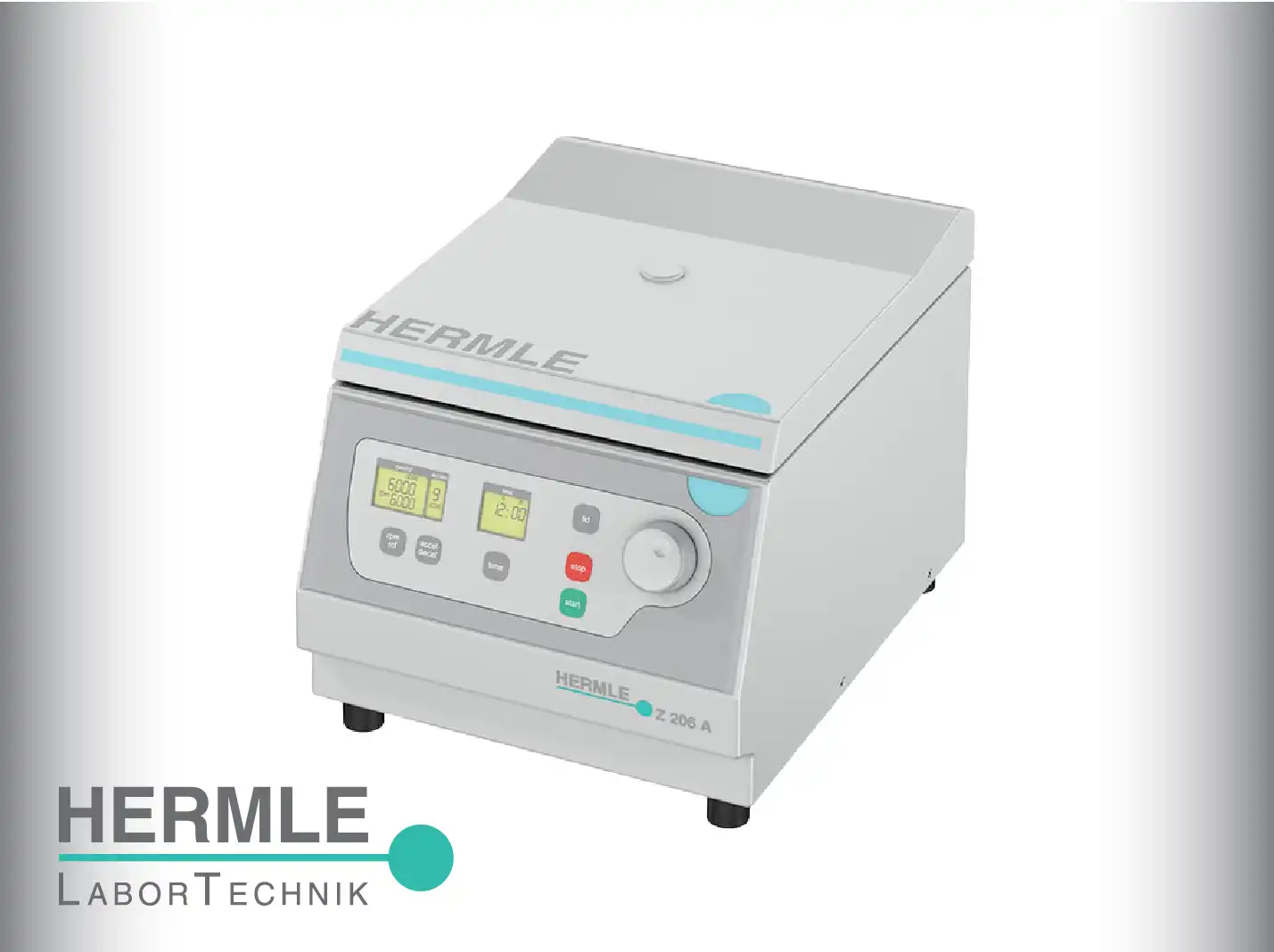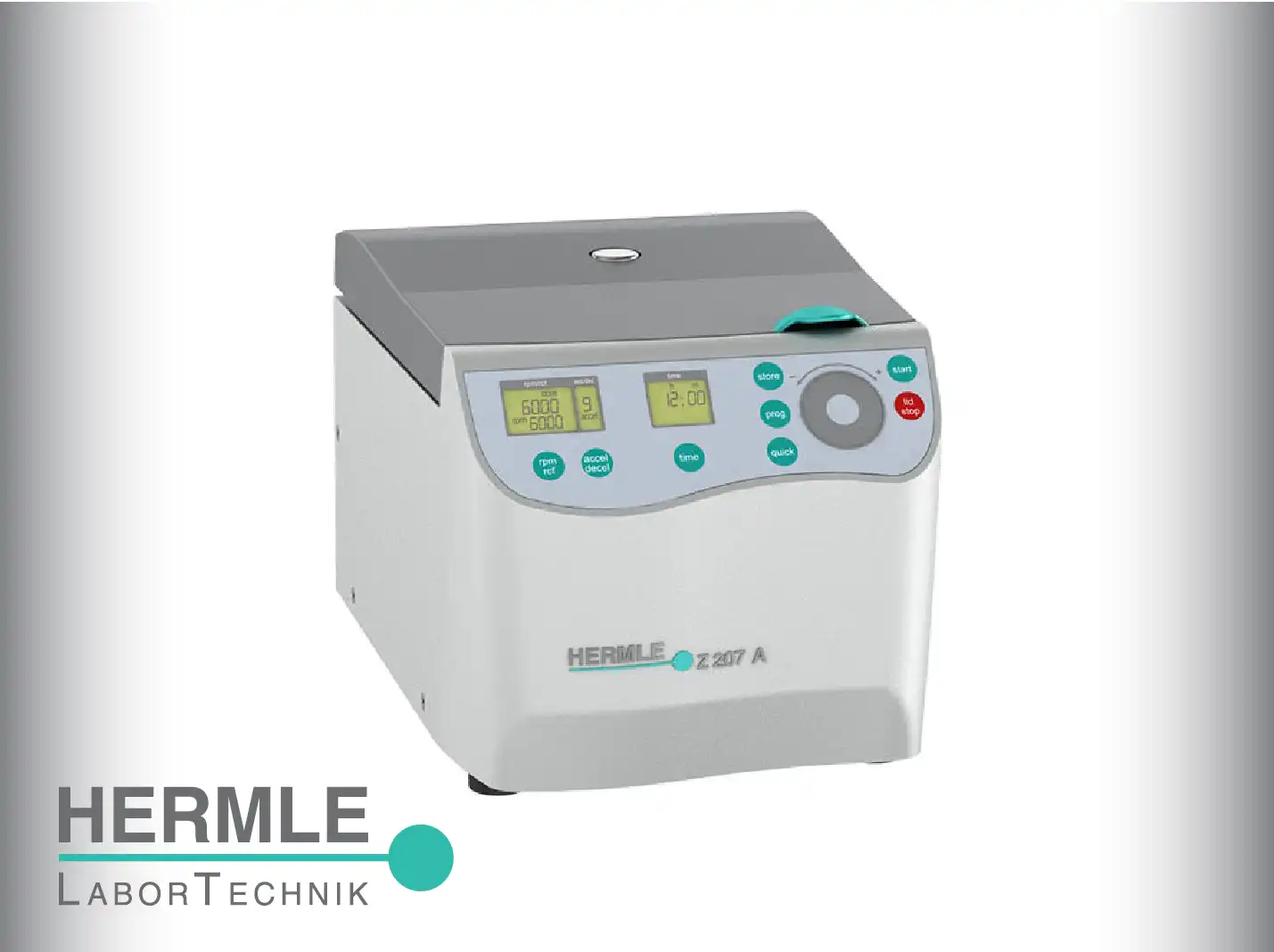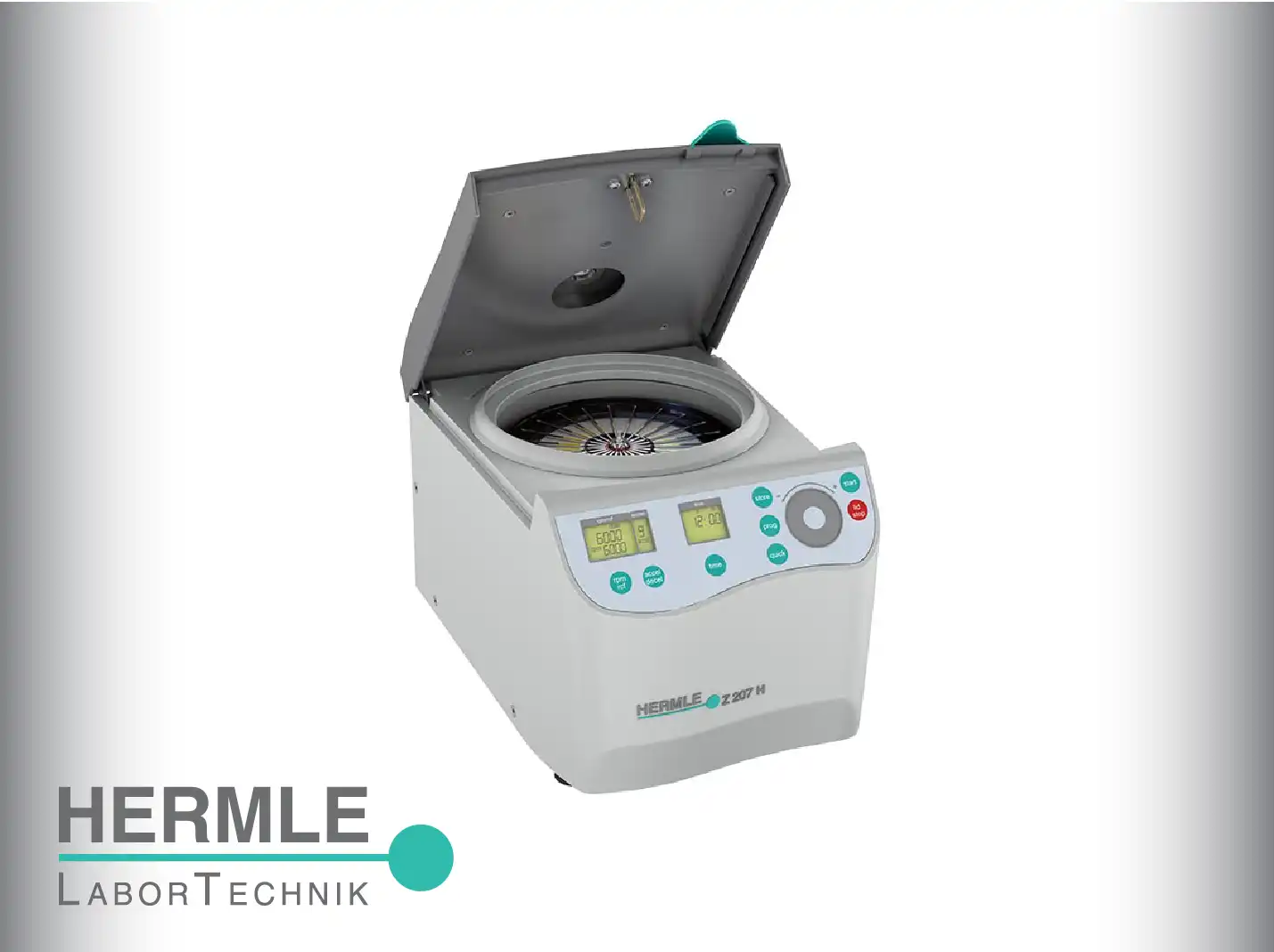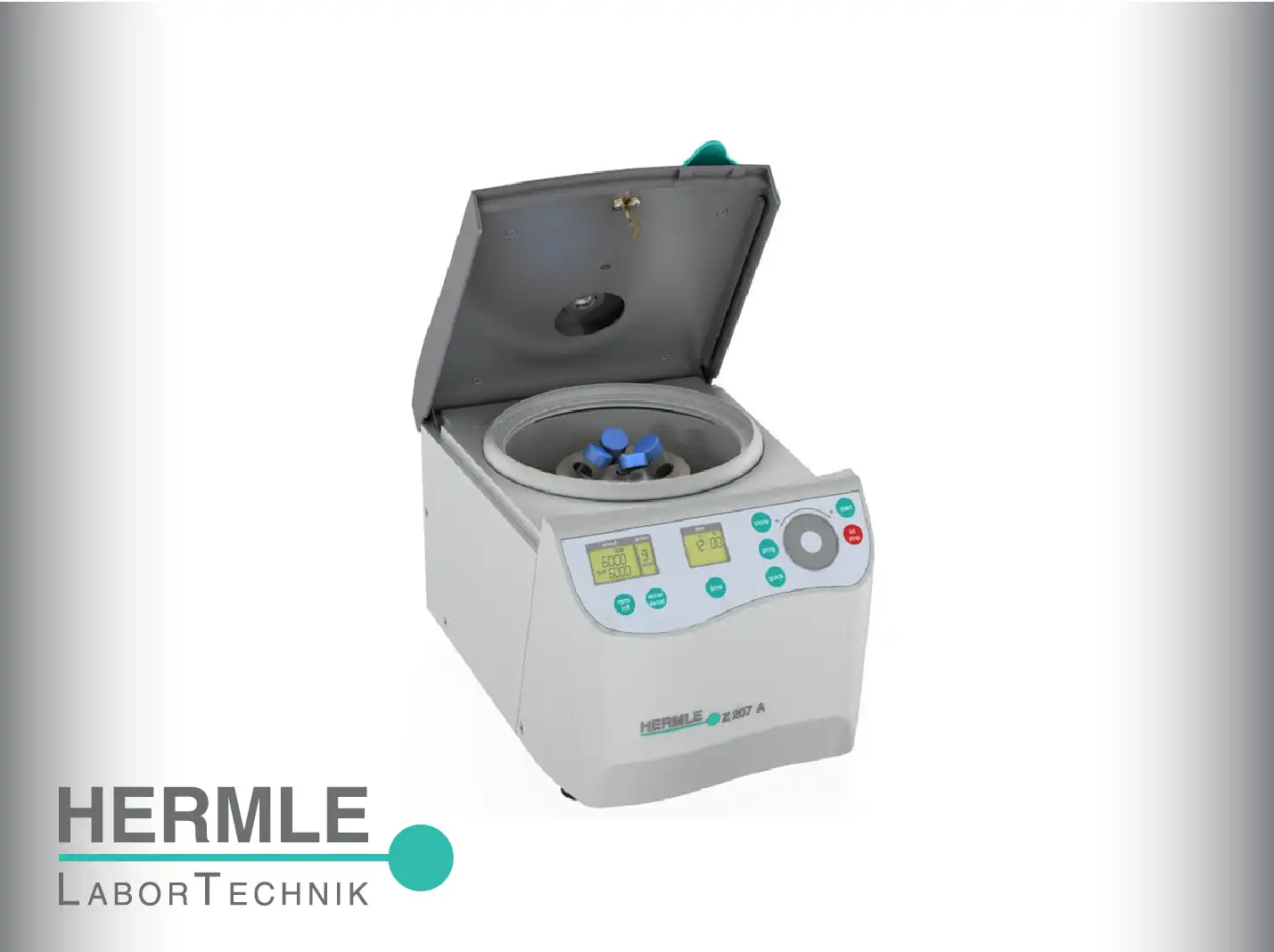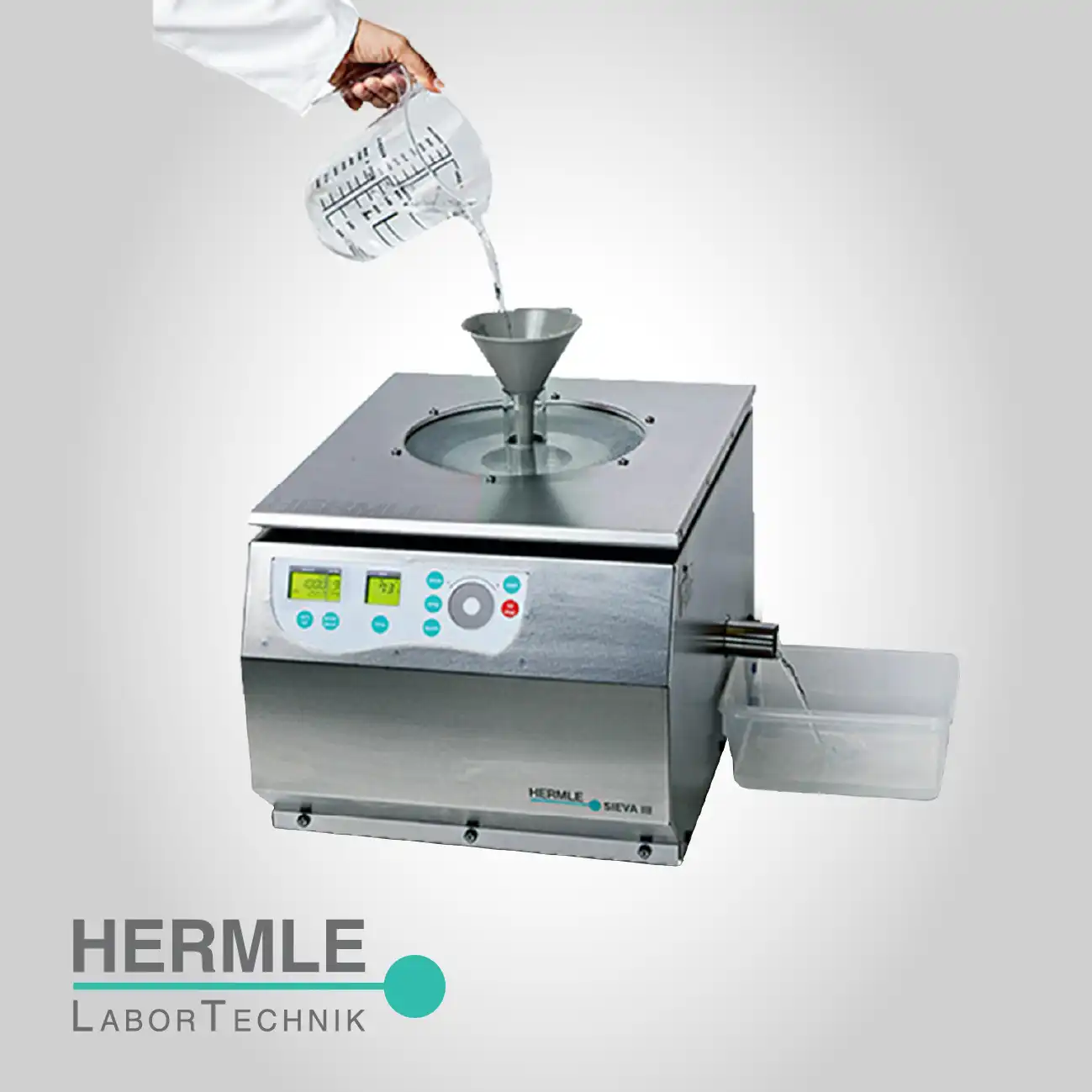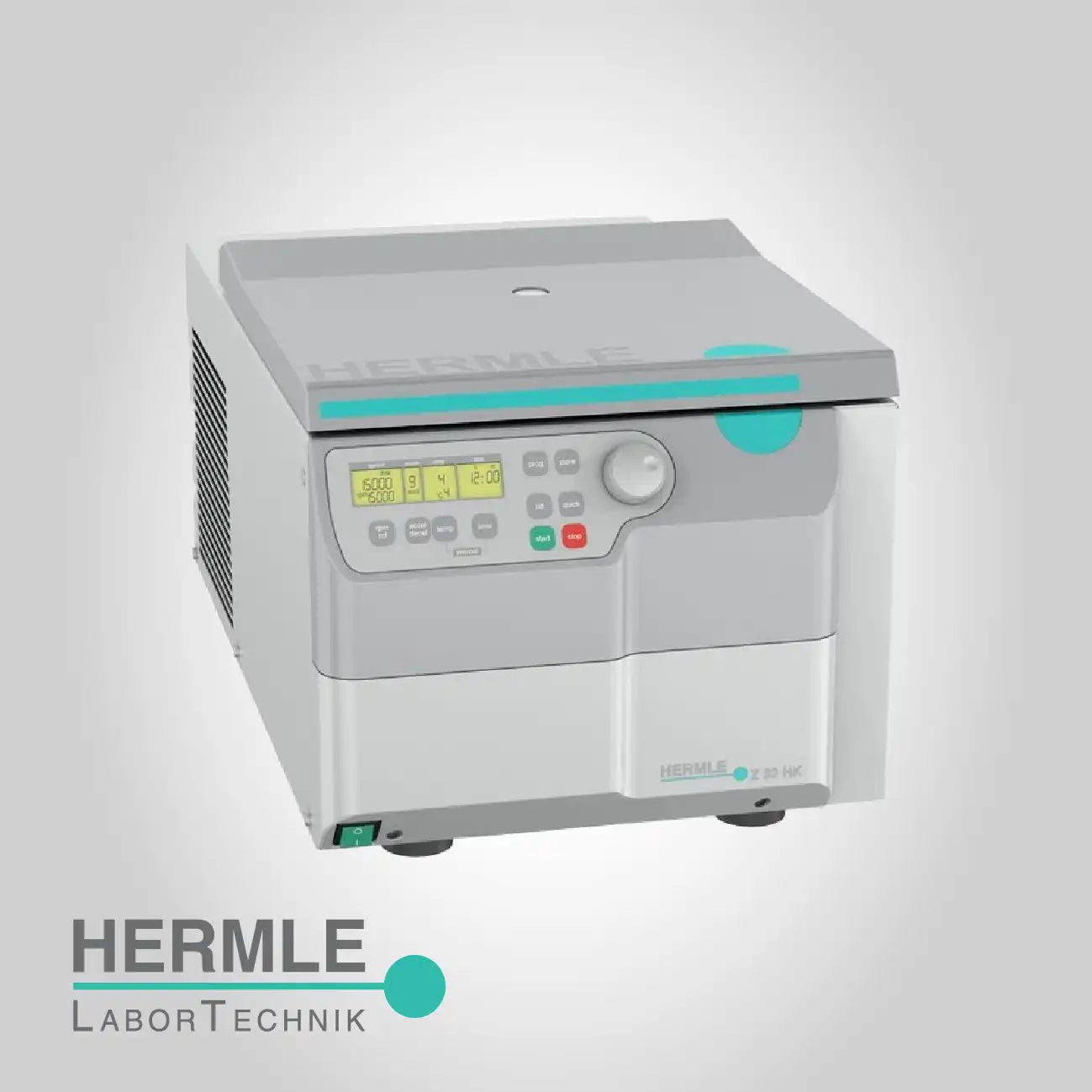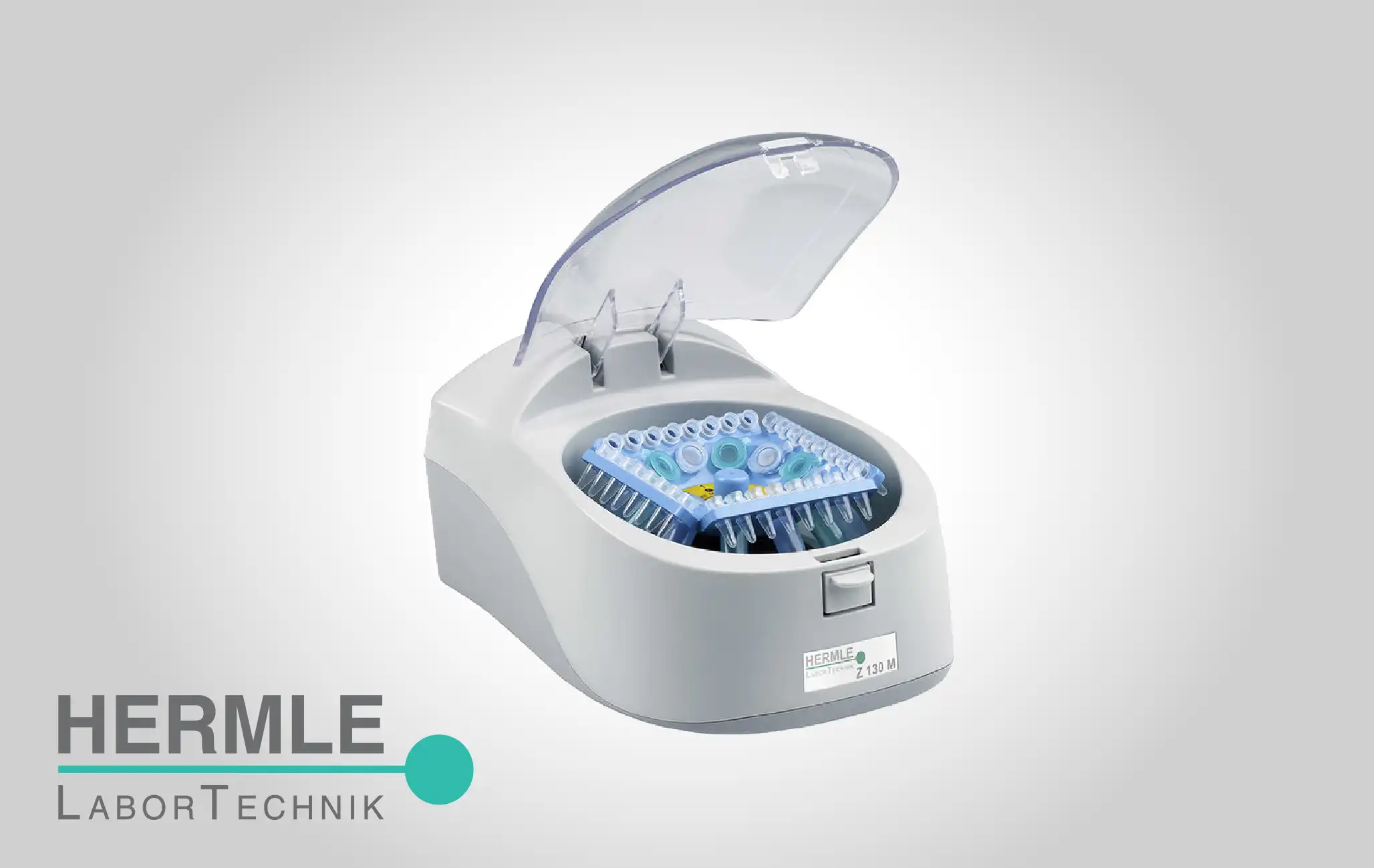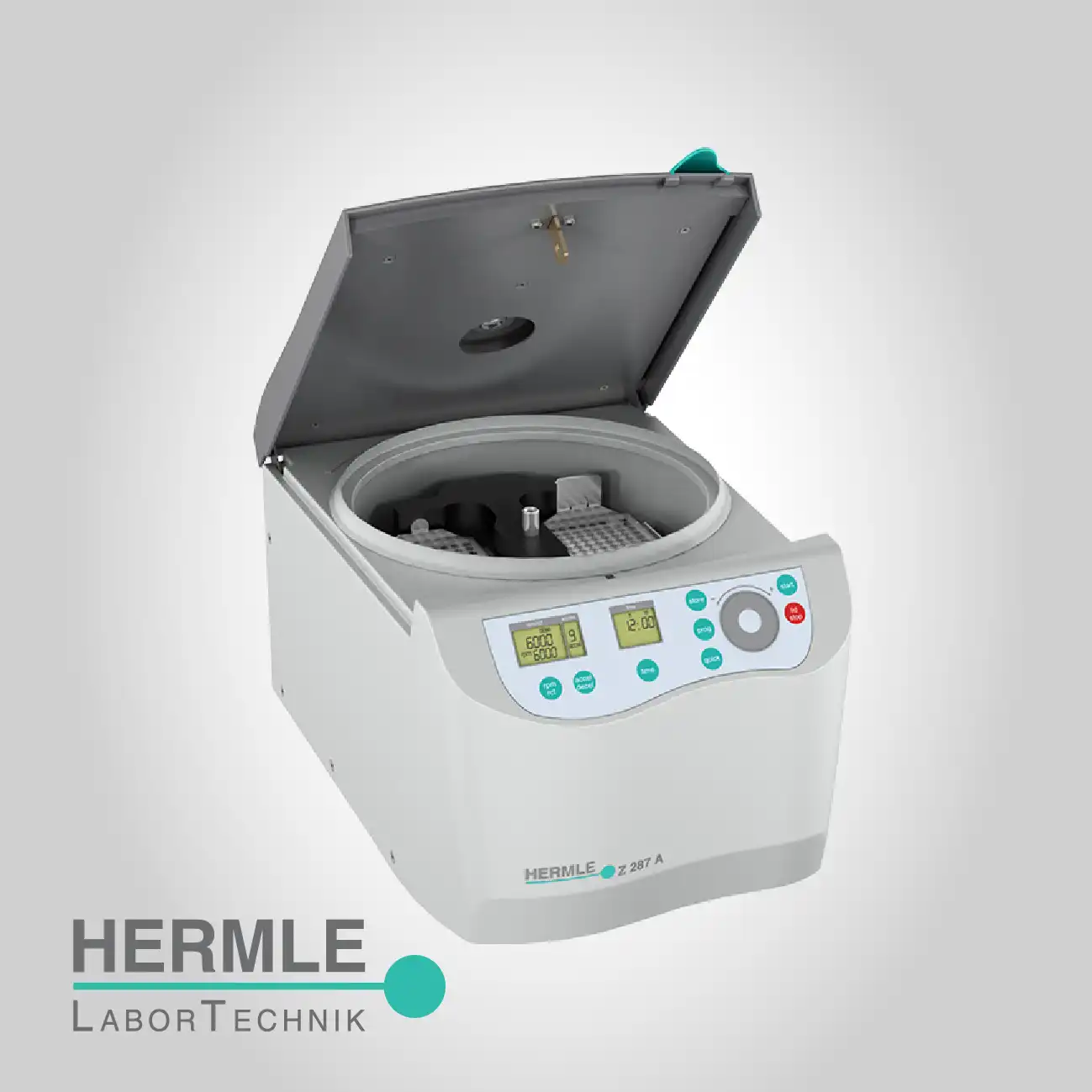
Compact Centrifuge
Benchtop High Efficiency RCF Minimal Footprint
Hermle Compact Centrifuge
The primary technical advantage of this category lies in its optimized size-to-power ratio. These centrifuges deliver effective relative centrifugal force (RCF) required for basic phase separation, pelleting, and quick spin-downs, while requiring only a fraction of the bench area occupied by larger universal models. This focus on spatial efficiency is coupled with features promoting fast acceleration and deceleration, significantly minimizing the hands-on time required for sample processing in high-throughput environments.
Designed for straightforward, routine laboratory use, Compact Centrifuges excel in basic separations using common tube sizes. Their simplicity and robust construction make them reliable workhorses for continuous daily operation. The ability to handle various standard biological and chemical reaction tubes quickly and reliably ensures that fundamental separation steps—like clearing lysates or preparing small supernatants—do not become procedural bottlenecks in a busy clinical or research setting.
Bench space
Many laboratories operate under severely limited bench space, forcing technicians to use floor models for small tasks or compromise workflow by sharing equipment. The Compact Centrifuge directly resolves the "crowded bench" problem through its reduced footprint. This allows laboratories to strategically place high-speed separation capability exactly where it is needed—right next to the workstation—eliminating unnecessary movement and improving overall ergonomic efficiency without sacrificing essential centrifugal capacity.
Vibration and noise
A frequent complaint with standard benchtop units is excessive vibration and noise, which disrupts adjacent sensitive equipment and affects the working environment. These compact units utilize optimized motor mounting and housing design to minimize operational vibration. The resulting lower noise profile contributes to a quieter laboratory atmosphere, reducing operator fatigue and ensuring that nearby balances, microscopes, or spectrophotometers remain stable during use.
Protocols
In protocols requiring quick preparation, slow acceleration and deceleration times consume valuable minutes per run, multiplying over hundreds of daily cycles. The Compact Centrifuges are equipped with efficient drive systems that allow for rapid ramp-up to maximum RPM and swift braking, substantially decreasing the total processing time. This speed enhancement translates directly into higher analytical throughput for clinical and research labs performing time-sensitive assays.
Specialized rotors
Laboratories often waste time searching for specialized rotors for simple, everyday tasks. These models focus on simple, high-capacity fixed-angle rotors for the most frequently used tube sizes (e.g., small reaction tubes). This design simplification streamlines the workflow, as operators can consistently use the same rotor configuration for 90% of their routine separation needs without the complication of switching rotor types.
User interface
Complex user interfaces on high-end centrifuges lead to training time and potential programming errors for basic operations. The Compact Centrifuges feature intuitive, streamlined control panels focused on essential parameters: speed and time. This simplicity ensures rapid training for new staff and minimizes the risk of setting incorrect parameters for simple pelleting tasks, enhancing safety and procedural consistency across the team.
Sensitive samples
Thermal stress on sensitive samples, particularly during non-refrigerated spins, is a constant worry. While primarily designed for ambient use, the compact motor system generates minimal waste heat compared to larger drives. This thermal efficiency ensures that short-duration spins—common in everyday clinical practice—do not excessively heat the sample, helping to preserve the integrity of temperature-sensitive biological components.
Durability and longevity
Durability and longevity are critical for equipment used constantly. These compact systems are built with robust housings and reliable, low-maintenance drive technologies. This structural integrity ensures the machine can withstand the constant door opening, tube loading, and frequent operational cycles typical of a high-traffic laboratory setting, offering a long service life with predictable maintenance requirements.
Compliance requirements
Compliance requirements dictate that separation force must be accurately logged and reproducible. Even in a compact design, these centrifuges provide precise digital displays for both RCF and speed (RPM). This digital readout capability ensures that all separation conditions are documented precisely, satisfying internal Quality Assurance (QA) standards and external regulatory auditing requirements without the need for manual speed-to-RCF conversions.
Click here for more information about Hermle Centrifuges





